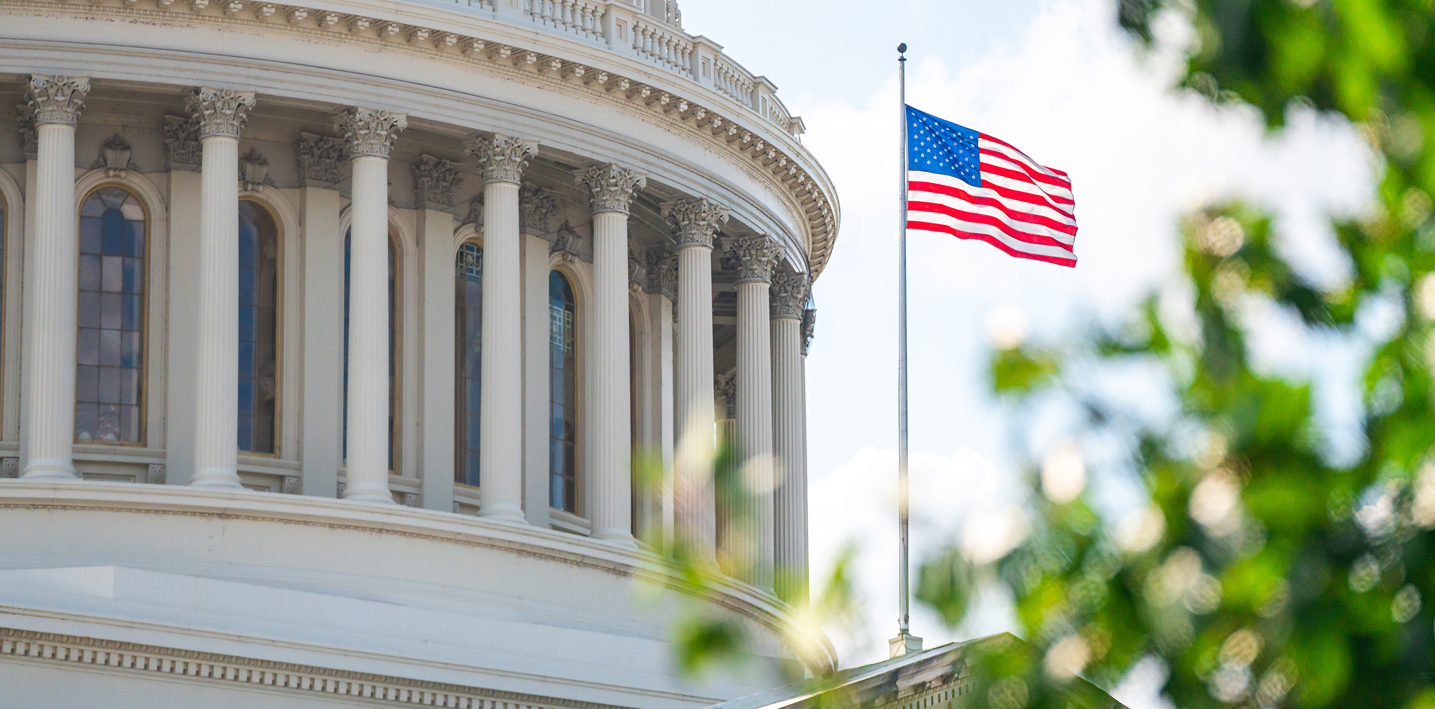Ready for a ‘New Day’ at the SEC?

Tom Brown, Associate Director, Strategy at Bladonmore, explains what a retooled agenda at the US’s foremost securities regulator might mean for US companies.
In mid-May 2025, Securities and Exchange Commission (SEC) Chair, Paul Atkins, announced that a ‘new day’ had dawned for securities regulation. This new day, he explained, would be one in which ‘innovation would be promoted, rather than stifled.’
His emphasis, he said, will be on ‘bread and butter’ enforcement, or a return to enforcement as practiced in the past. He summed up his priorities in the opening statement at his nomination hearing, which took place before the Senate Banking Committee on March 27th:
‘Unclear, overly-politicized, complicated and burdensome regulations are stifling capital formation, while American investors are flooded with disclosures that do the opposite of helping them understand the true risks of an investment.’
Atkins, who was nominated to head the SEC by President Donald Trump on January 20th 2025, was confirmed by the US Senate on April 9th. A former SEC commissioner during the George W. Bush administration, Atkins was most recently CEO of Patomak Global Partners, a company he founded with the mission of developing best practices in the digital asset sector. In other words, he’s well versed in crypto and poised to hit the ground running, given his past experience with the agency he’s heading.
While Atkins is widely expected to pursue a deregulatory agenda, early actions suggest that the shift in the SEC’s enforcement priorities may be quite sweeping – and of keen interest to any public companies registered in the US.
Decreasing workforce
From the beginning of 2025 until today, the SEC staff has declined by 15%, largely thanks to programs designed by the Trump administration to shrink the size of government. Through what’s been described as ‘a mass exodus,’ hundreds of examiners, attorneys, and specialists decided to take early retirement and a $50,000 buyout.
Atkins held a town hall for agency staffers in May in which he described the extent of the staff cuts. He said that at its largest in 2024, the SEC had a total of 5,000 employees and 2,000 contractors. In May, those numbers had declined to 4,200 employees and 1,700 contractors.
In statistics supplied to Reuters by the US government, the SEC’s Office of the General Counsel, which serves as the agency’s chief legal advisor, had experienced the deepest declines with a whopping 19.5% decrease in personnel.
As of yet, there have been no across-the-board cuts to SEC staff. However, the possibility of greater changes recently grew dramatically. On July 8th, the US Supreme Court paved the way for far greater governmental cuts by ruling that it was likely within Trump’s power to dramatically reduce the size of government through mass layoffs.
Since the start of the year, the SEC also underwent a major reorganization. Instead of having a regional director for the SEC’s ten major offices, there are now three deputy directors, each overseeing a geographic region (Northeast, Southwest, and West) – as well as a deputy director responsible for the Commission’s specialized units.
Shifting priorities
The changes to the SEC are so substantial that the effects are likely to be felt by companies regardless of industry. That said, the following are a few places where change has already arrived:
- Climate disclosures
Earlier this year, the SEC made it clear that it would no longer defend its hotly contested climate-disclosure rules, which had been approved but had not yet gone into effect. The scuttling of this new disclosure regime is part of what Commissioner Mark Uyeda described in a May presentation to the Practicing Law Institute as ‘a major course correction’ for the SEC. Uyeda made clear that the Commission would no longer be tackling ‘various social ills through financial regulatory tools.’ - Cryptocurrency
Prior to Atkins taking the reins at the SEC, Acting Chair Mark Uyeda made a change in how the SEC would view digital assets. Law firm White & Case noted that Uyeda – along with fellow Republican Commissioner Hester Peirce (whose nickname is ‘crypto mom’ for her support of digital assets) – criticized previous SEC Chair Gary Gensler for having ‘consistently overreached in the enforcement area, especially in the crypto space.’
Since Uyeda’s remarks, the SEC has begun walking the talk. This year alone, several crypto and digital asset enforcement actions based on registration failures were withdrawn. In addition, Staff Accounting Bulletin No.122 overrode existing rules requiring additional disclosures and safeguarding measures for crypto. According to law firm Armstrong Teasdale, these changes reduce ’operational barriers for financial institutions offering crypto services.’ - Anti-money laundering
On May 14th, Deputy Enforcement Director, Antonia Apps, addressed an anti-money laundering conference in Washington, DC, where she told the audience to expect a more measured approach from the SEC’s enforcement office. Apps specified that lower penalties and less frequent insistence on outside compliance consultants (a popular remedy in previous settlements) are distinct possibilities going forward. - Foreign corrupt practices
On February 10th, Trump signed an executive order instructing the US Attorney General to halt enforcement of the Foreign Corrupt Practices Act (FCPA), a law enacted in 1977 to combat bribery and corruption in international business transactions. The executive order said that updated enforcement guidelines would be issued in the future. While Trump’s executive order did not include specific instructions for the SEC, some interpreted the abrupt departure of the two top leaders of the SEC’s foreign corrupt practices unit as significant. On April 2nd, Reuters reported that Charles Cain, chief of the SEC’s FCPA unit, and Tracy Price, deputy chief of the unit since 2018, were leaving the agency ‘at a time when the Trump administration has been hitting the brakes on anti-corruption enforcement.’
Amidst an ever-changing regulatory landscape, it is increasingly important that you are telling a consistent story – not only to the regulator but also to your investors and other stakeholders. Doing so helps you to build trust and credibility, navigate regulatory scrutiny, and mitigate risk by avoiding misunderstandings.
If you’re looking for help keeping calm in a sea of change, get in touch.
Share article


